Hello All,
In daily life, we found some common things that are related to food. Here are some collection of food myths
Number 1:
Myth: Brown eggs are more nutritious than white ones.
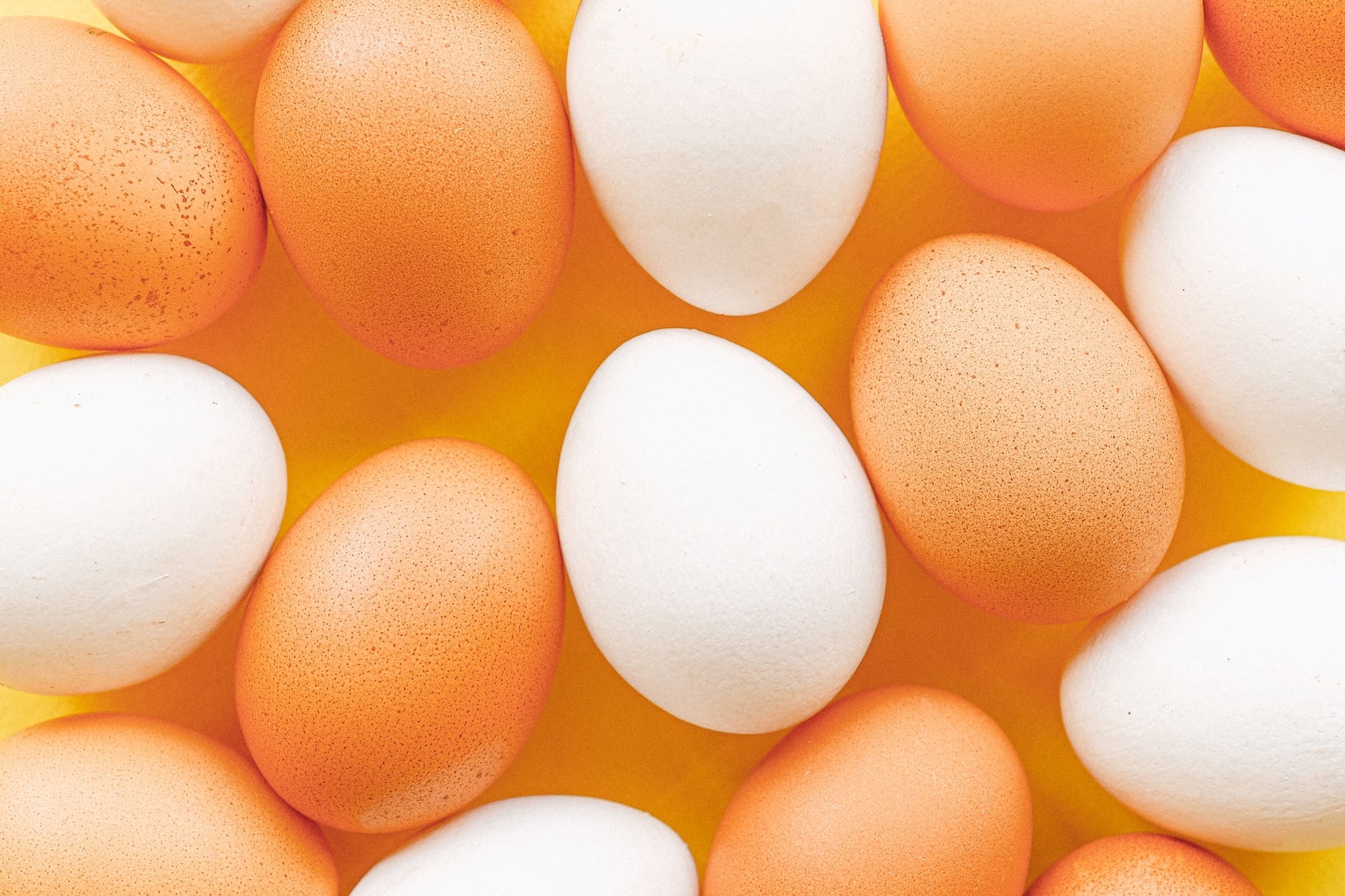
Fact: The only thing the color of an eggshell indicates is that the color of the feathers of the bird it came from. White hens lay white eggs, and red hens lay brown eggs. Since brown eggs often cost a touch quite white eggs, you’ll now save your money without sacrificing nutrition.
Number 2:
Myth: Fresh is usually better than frozen.
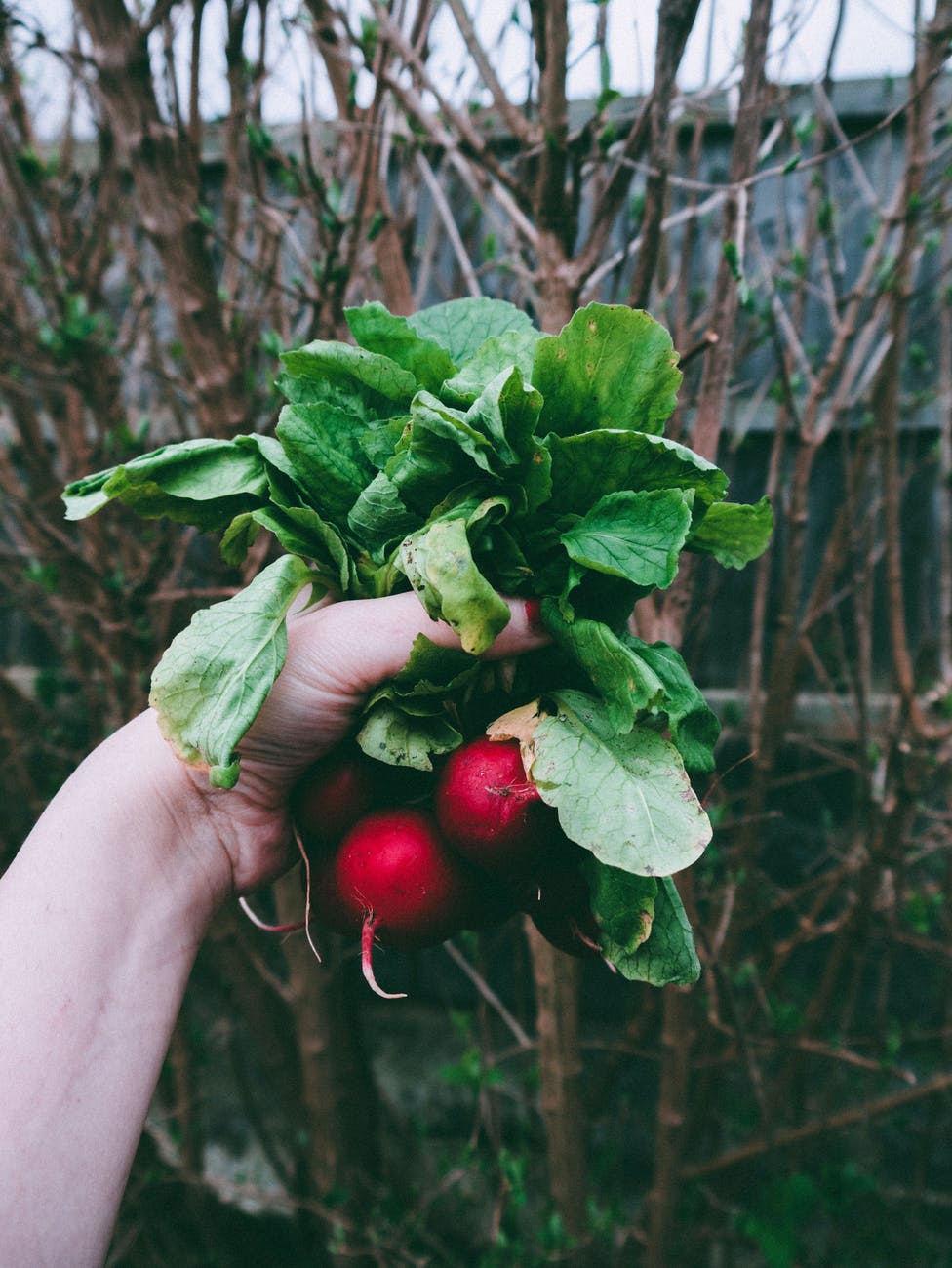
Fact: Freshly-shelled peas have more vitamins than frozen ones, right? Not exactly. “Fresh” produce often travels far distances and sits on grocery shelves — also, heat, air, and water can cause it to lose nutrients along the way.
Number 3:
Myth: Sea salt has less sodium.
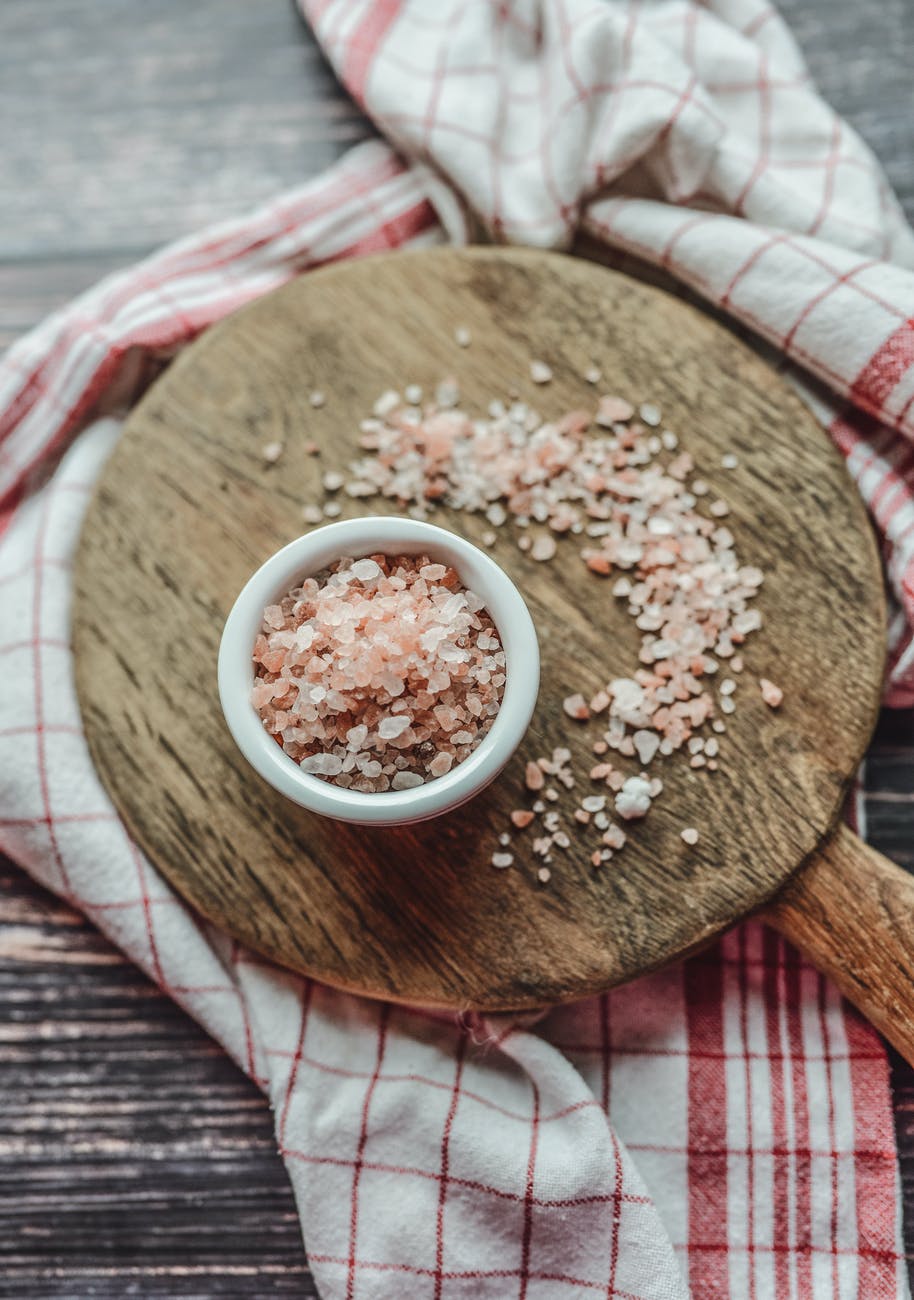
Fact: There are several sorts of salt available, but one isn’t better for you. Pretty packaging and terms like “natural” are often deceptive. Gram for gram, sea salt contains the maximum amount sodium as salt. However, due to its larger crystals, you’ll be inclined to use less of it.
Number 4:
Myth: Red wine is good for you.
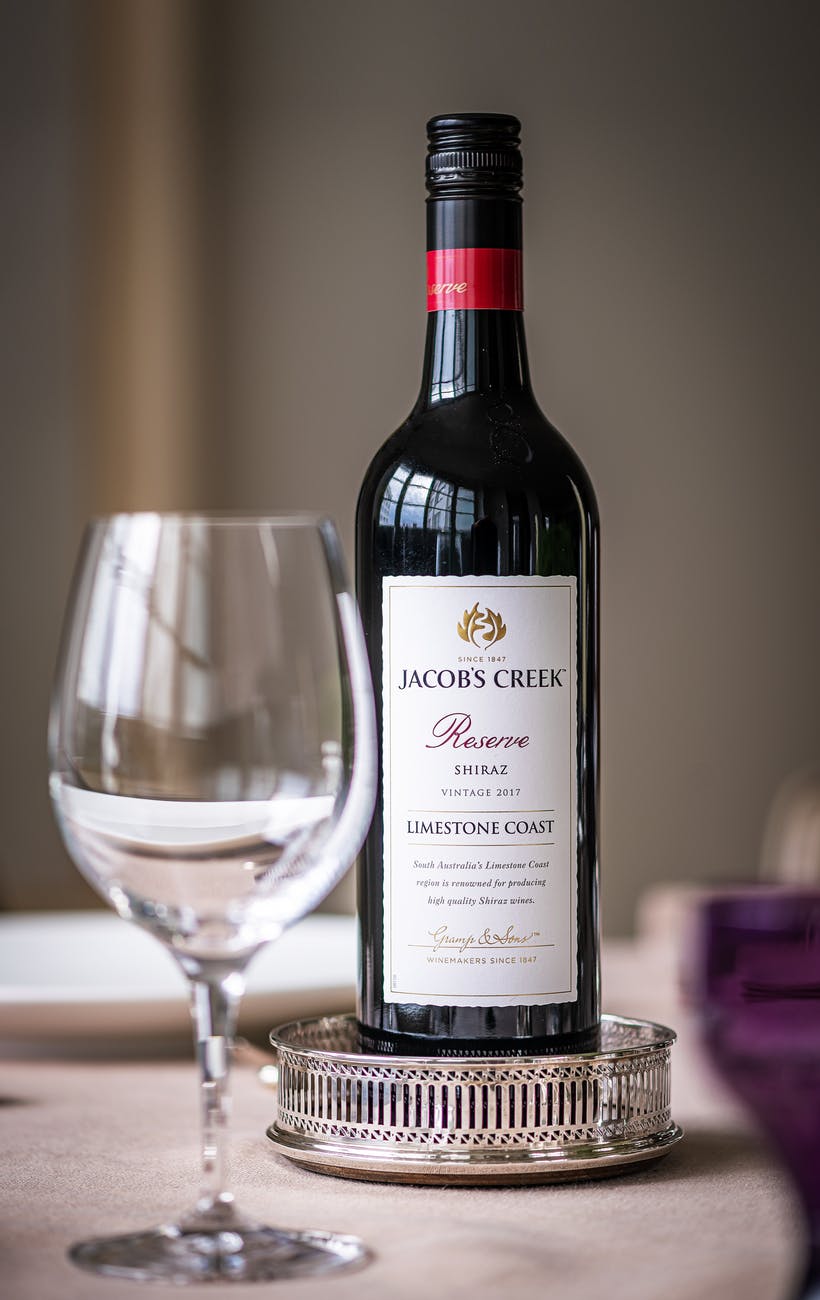
Fact: Doctors agree that one glass of wine each day are often chock-full of health benefits, but as usual — “one!” Once you drink quite one serving, you’ll actually counteract the health benefits.
Number 5:
Myth: Brown sugar is healthier than white sugar.
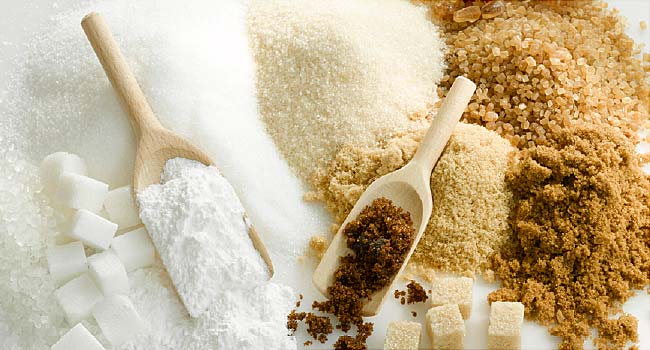
Fact: Brown sugar is just white sugar that has had molasses reintroduced thereto . due to its molasses content, it does contain minerals, but only in small amounts therefore the health difference is miniscule.
Number 6:
Myth: 100% fruit juice is best for you.
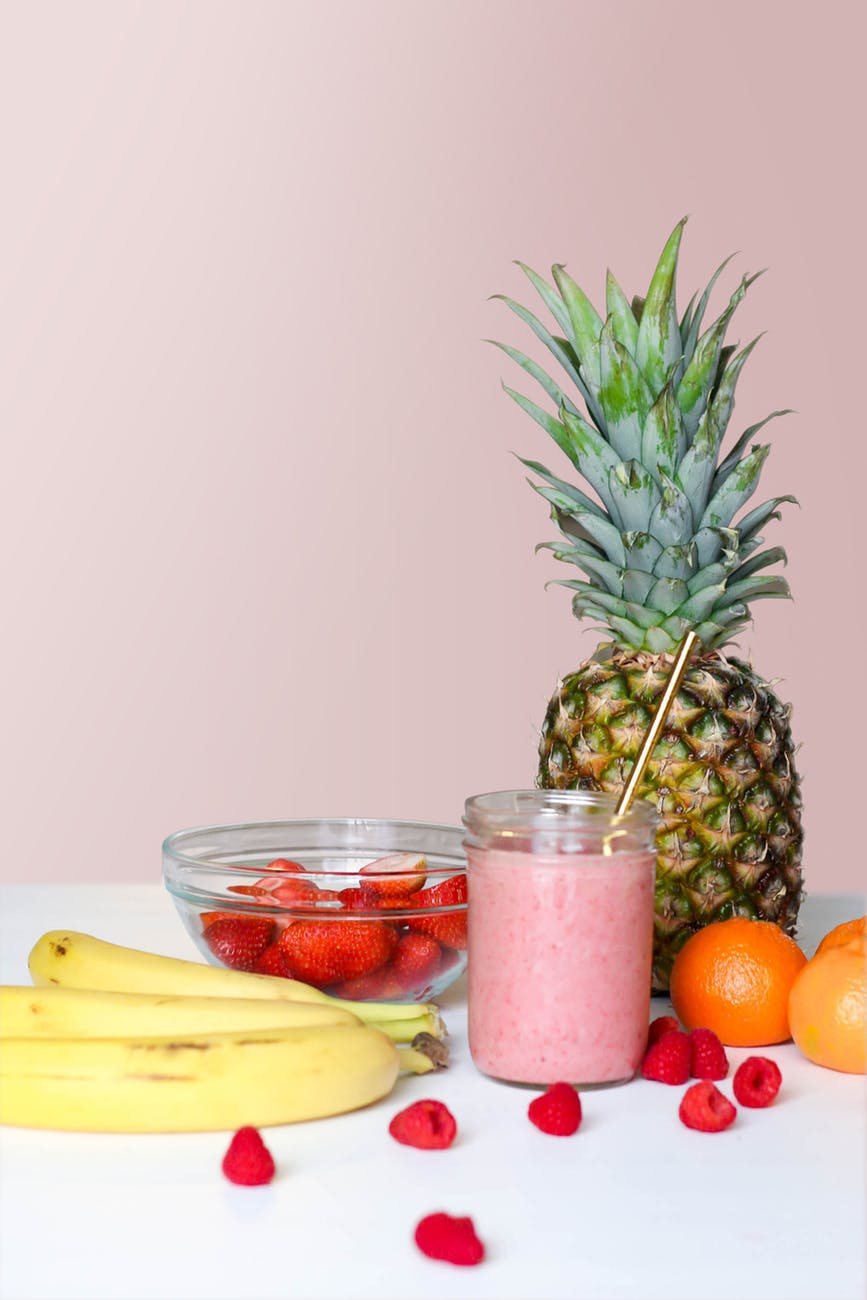
Fact: It counts as a serving of produce, but ideally, you ought to choose whole fruit over a glass of juice. A glass of juice has more calories than a bit of fruit and lacks fill-you-up fiber. Because whole piece of fruit provides vitamins and fiber it tends to curb your intake of other food.
Number 7:
Myth: Organic food is healthier.
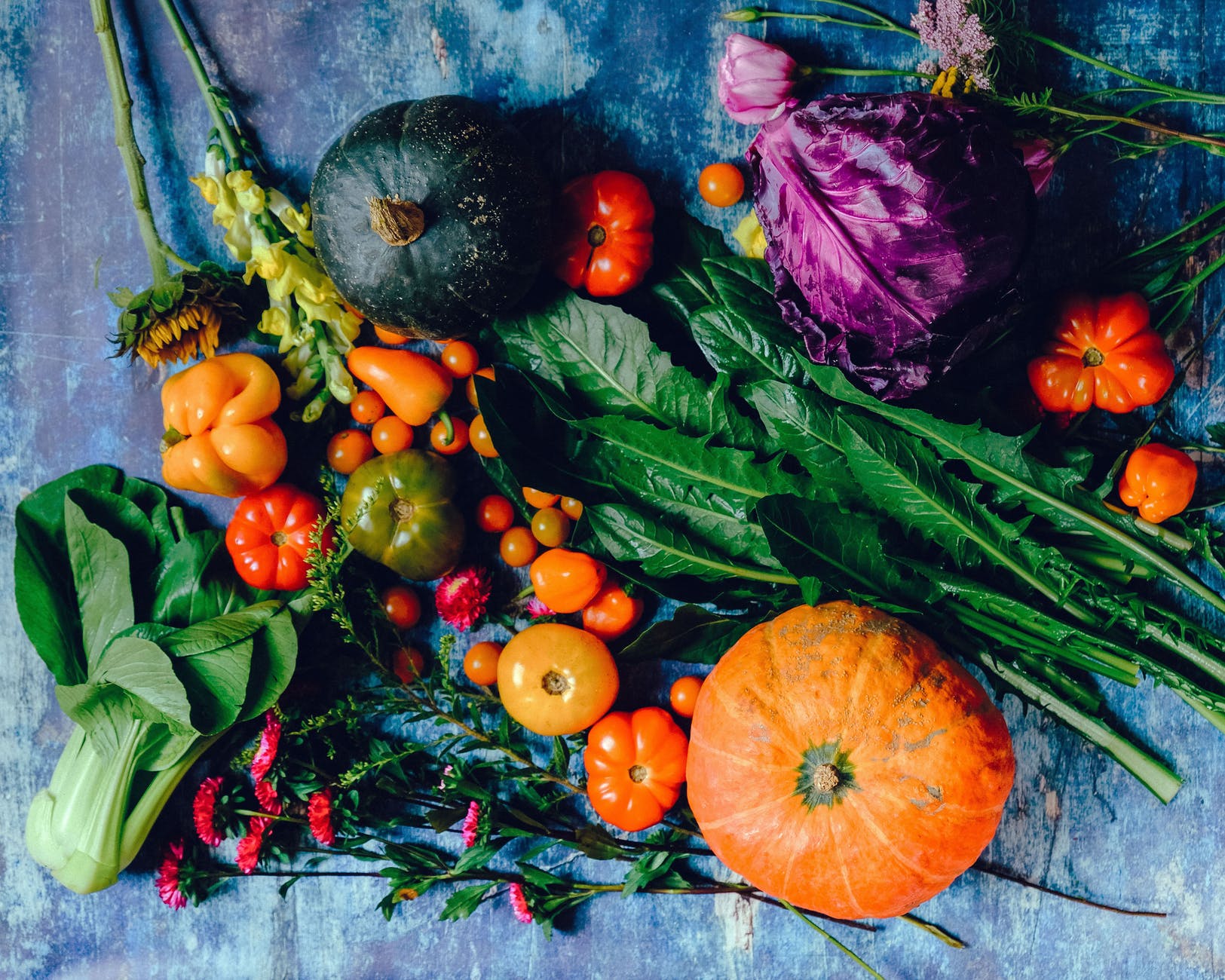
Fact: Organic foods are bound to be grown without synthetic flavors, colors, sweeteners, most preservatives, and toxic or long-lasting pesticides and fertilizers, and that they haven’t been genetically modified. Are they better for the environment? Yes. Are they more nutritious? Not necessarily. The USDA makes no claims that organic foods are healthier than non-organic foods.
Number 8:
Myth: It’s okay to have a sports drink after you exercise.

Fact: Unless you’re exercising intensely for quite an hour or in extreme heat, plain old water is sufficient to quench your thirst and replenish any fluids lost. After your typical 30-minute speed walk or treadmill jog, consuming a sports drink is simply added calories.
Number 9:
Myth: Dark bread is always better than white.
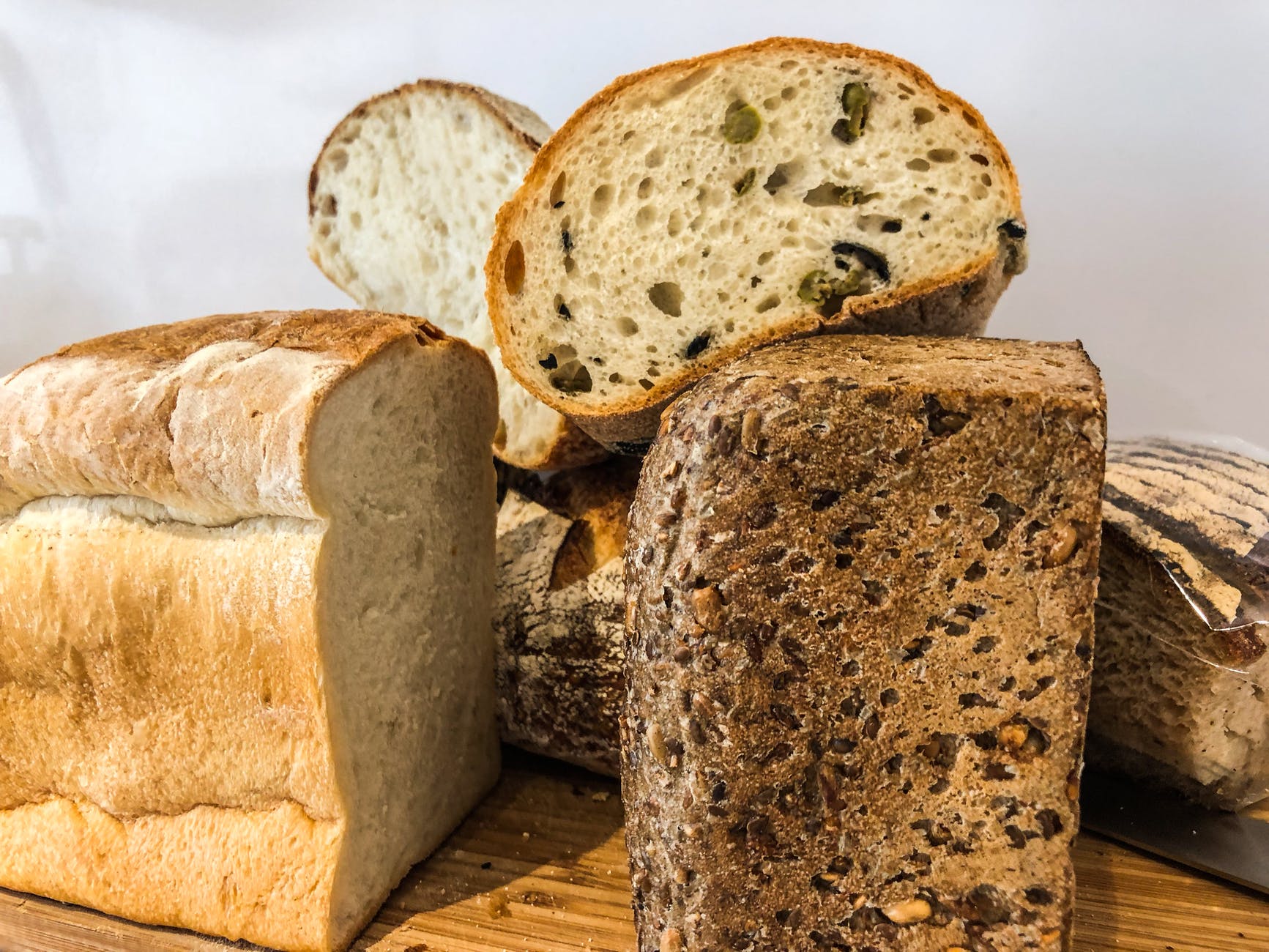
Fact: If a loaf of bread is darker, it doesn’t necessarily mean it’s made with whole grains — it could simply contain caramel coloring or a touch extra whole wheat — and be no healthier than light bread . Search for the words “whole grain” or “100% whole wheat” on the package, and confirm the primary ingredient listed is: whole wheat, oats, whole rye, whole-grain corn, barley, quinoa, buckwheat, or rice .
Number 10:
Myth: If the label says “all natural,” the product must be healthy.
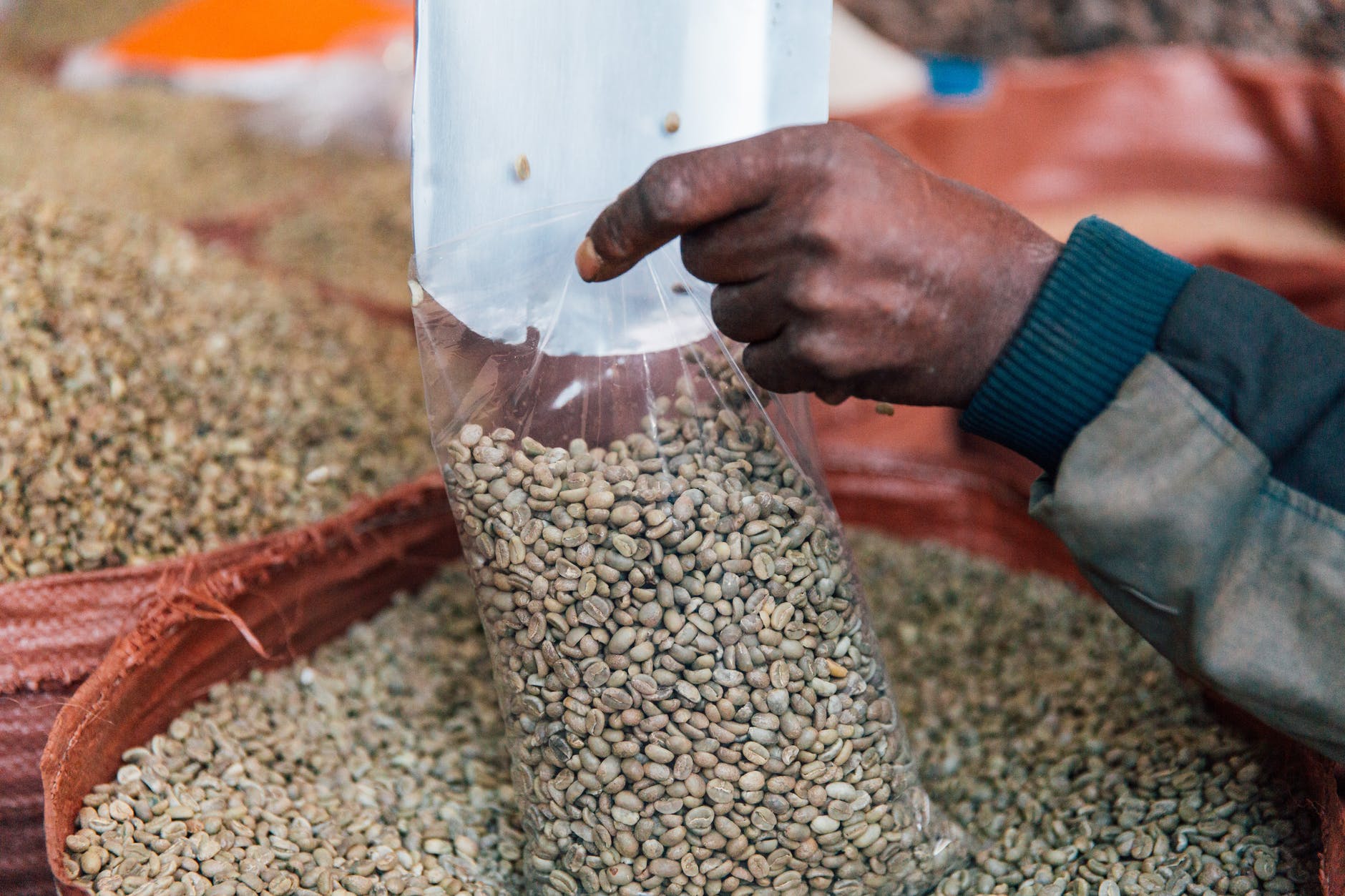
Fact: Unless the label is on meat or poultry (indicating no artificial flavorings, colorings, or irradiation), the term “natural” holds no meaning — it’s unregulated and undefined.
Thanks for reading 🙂